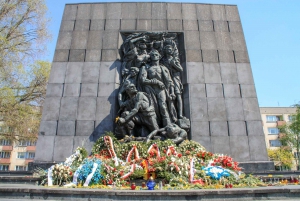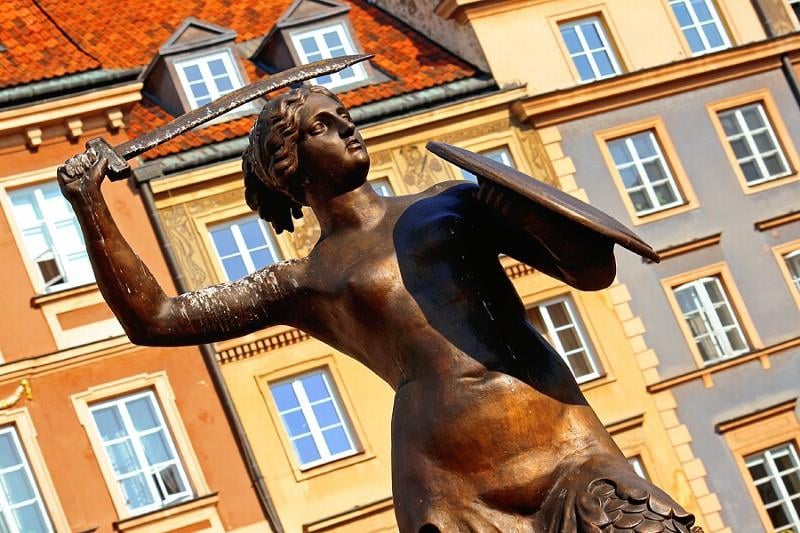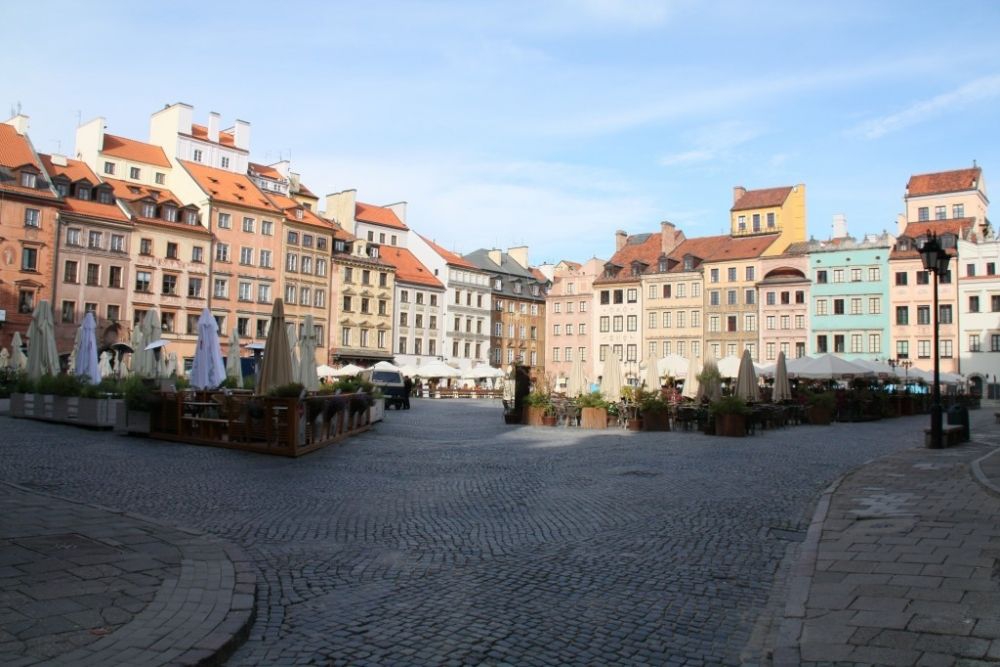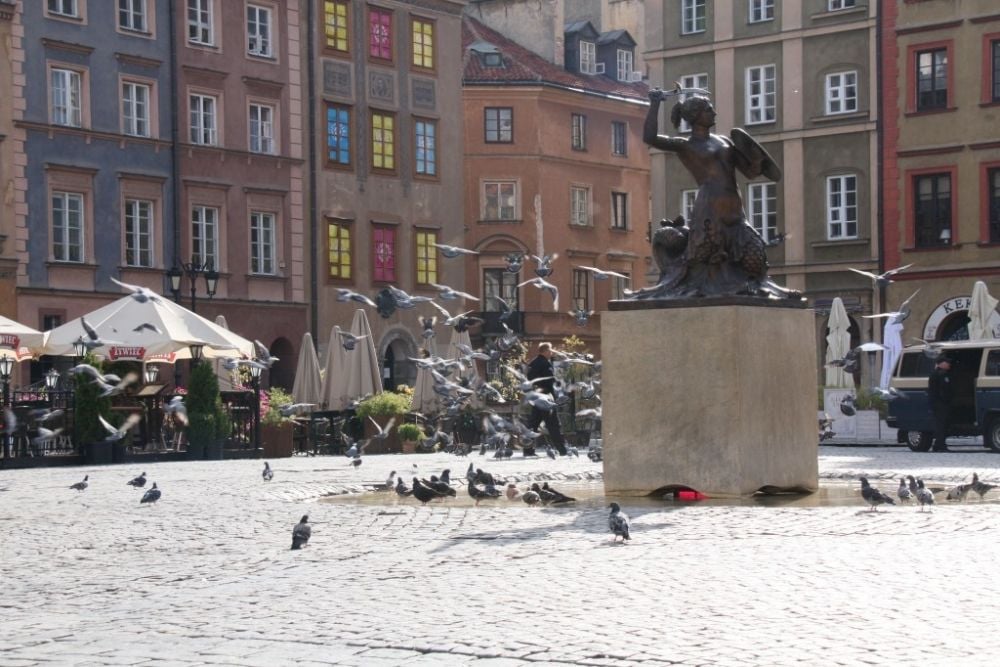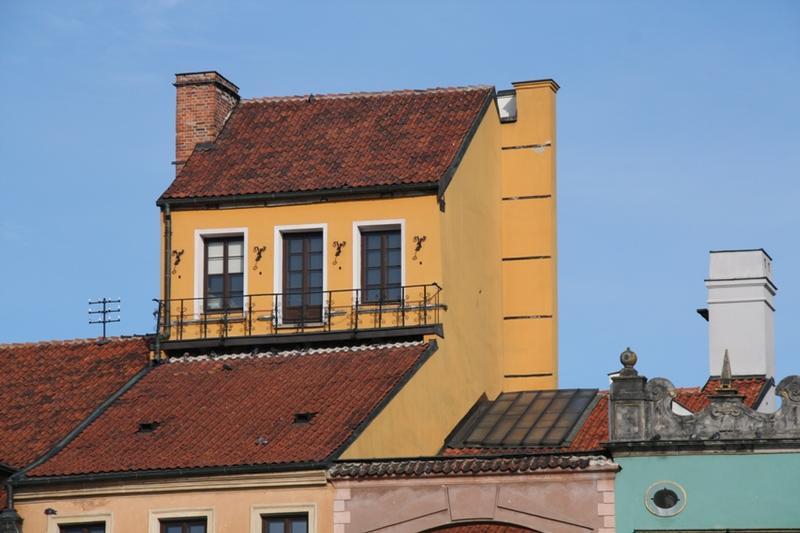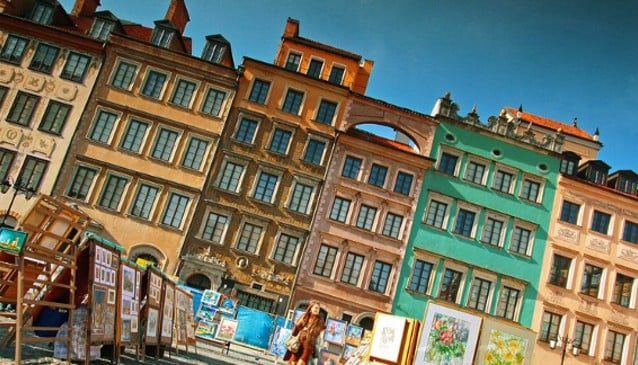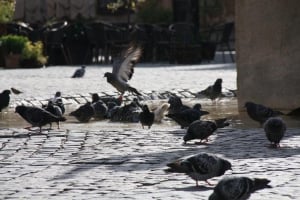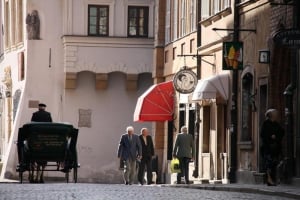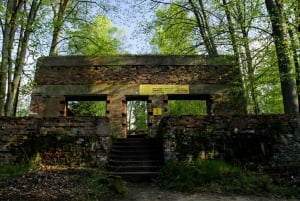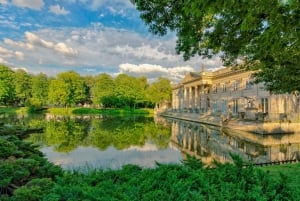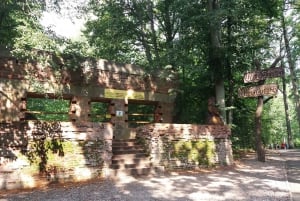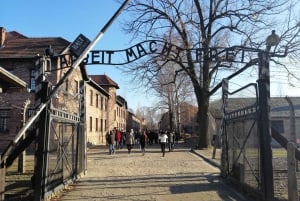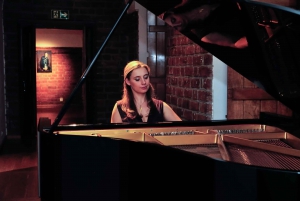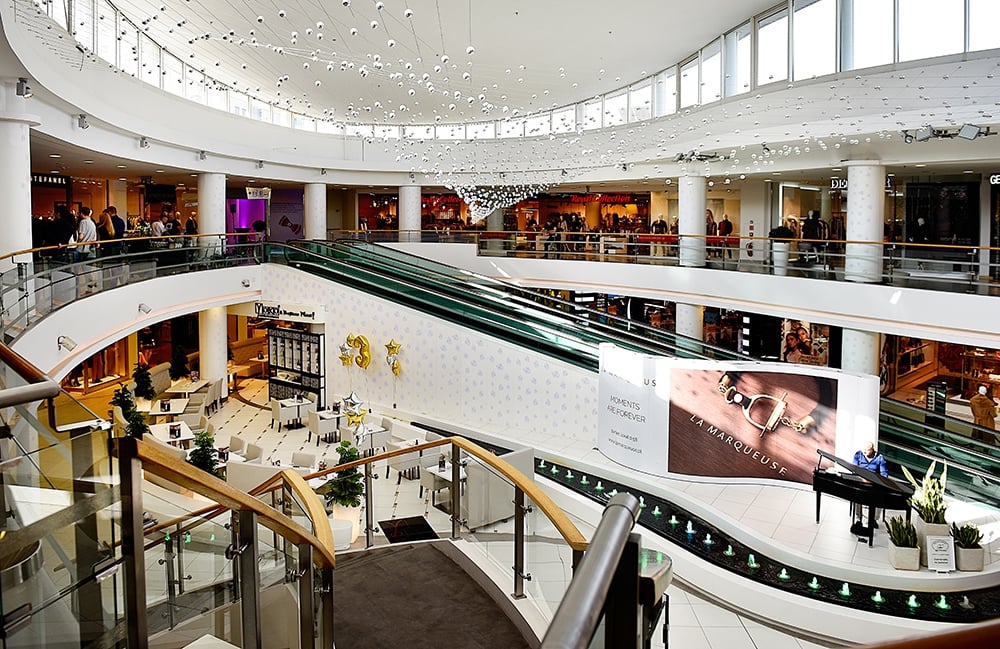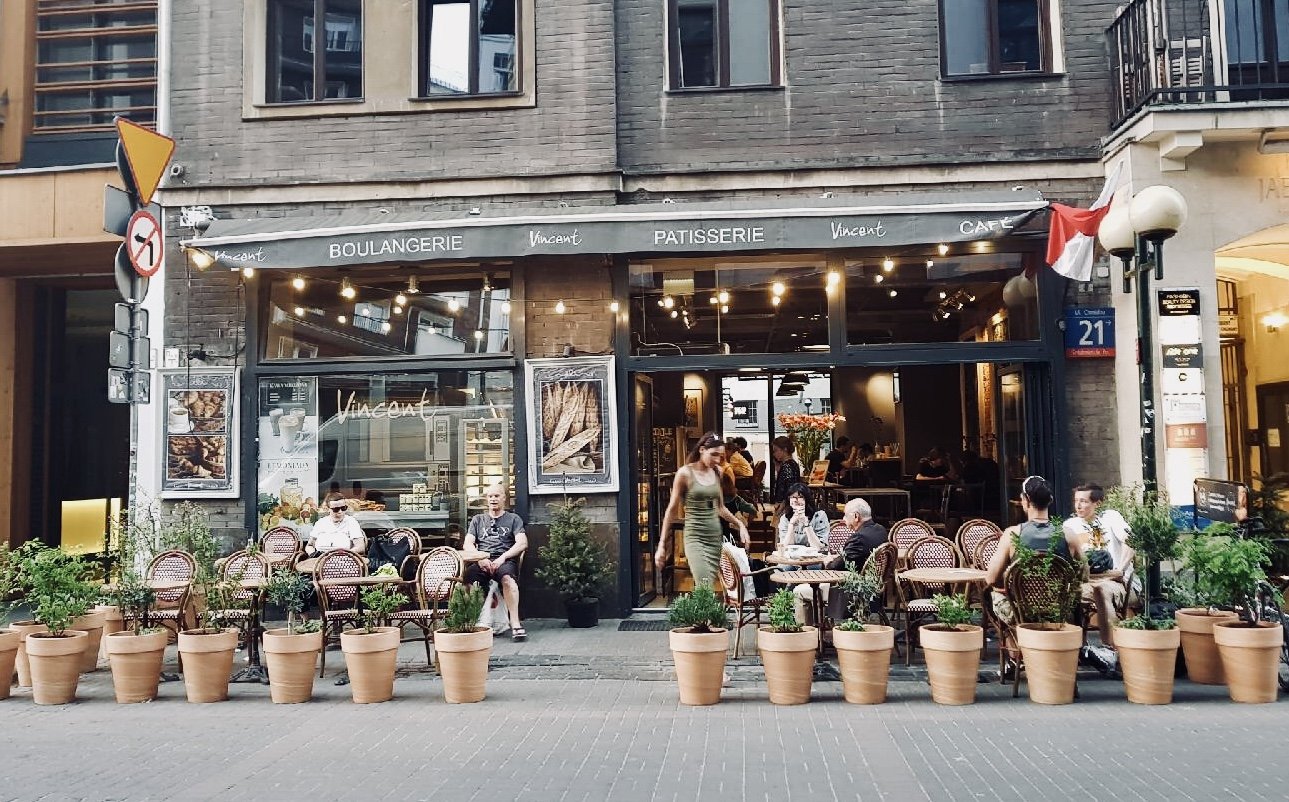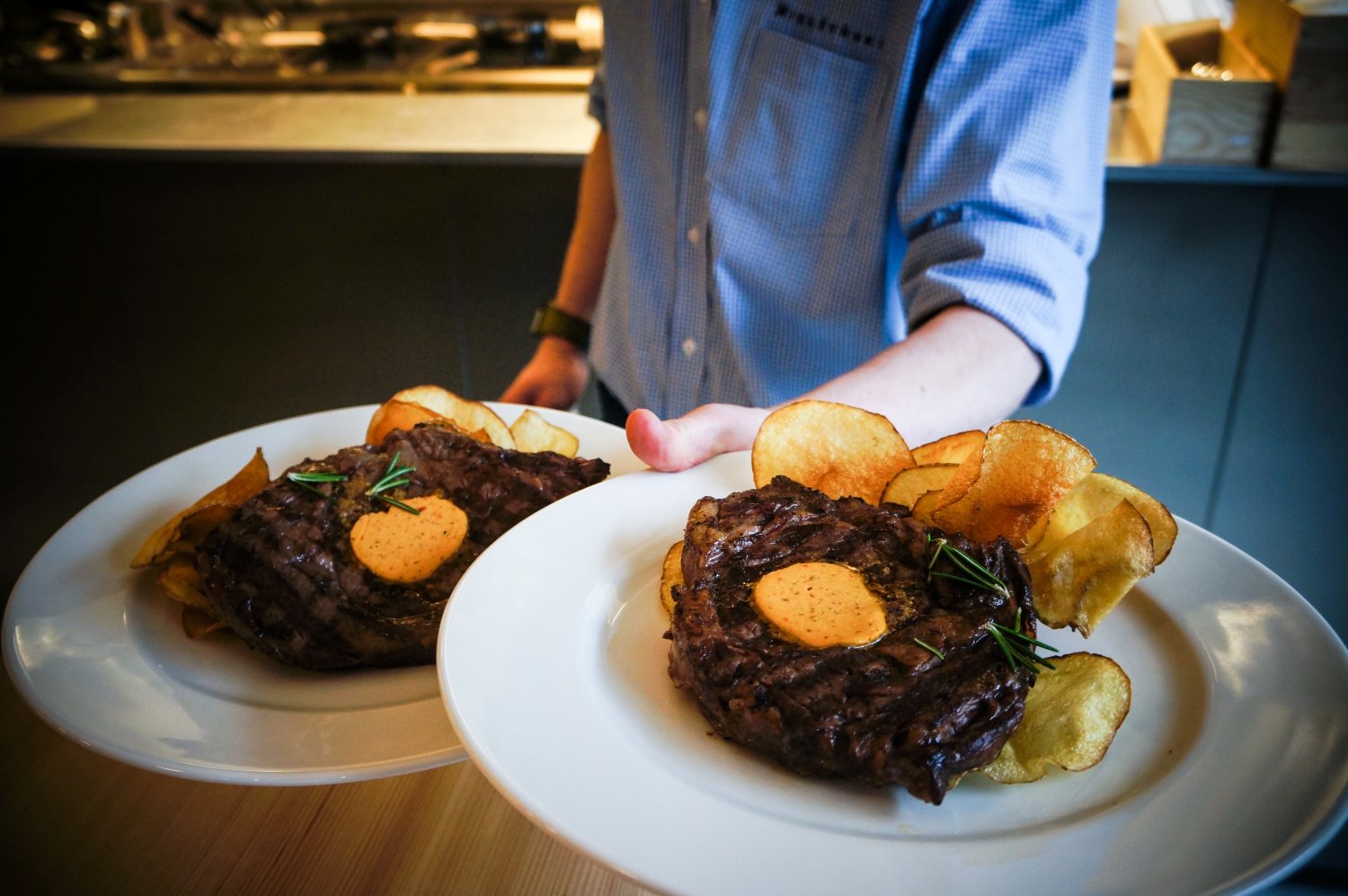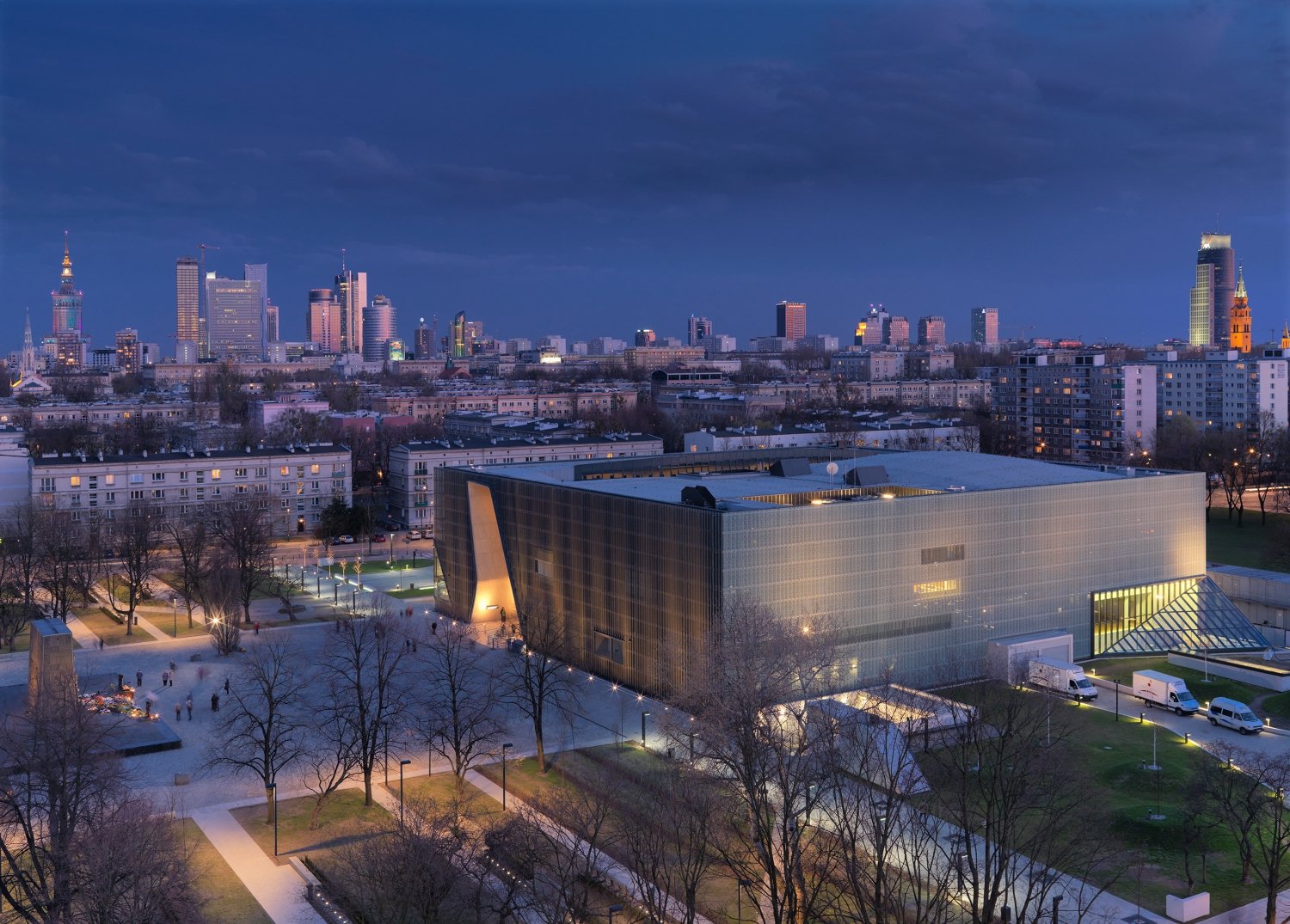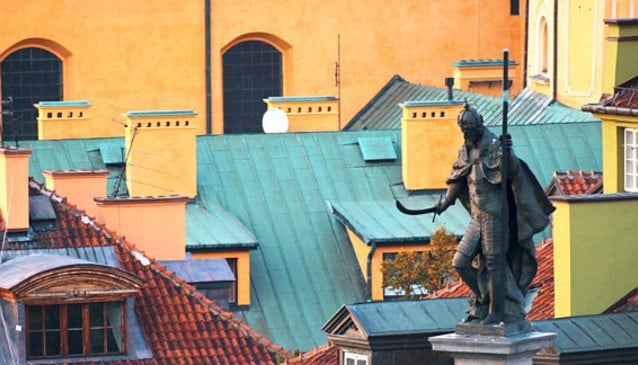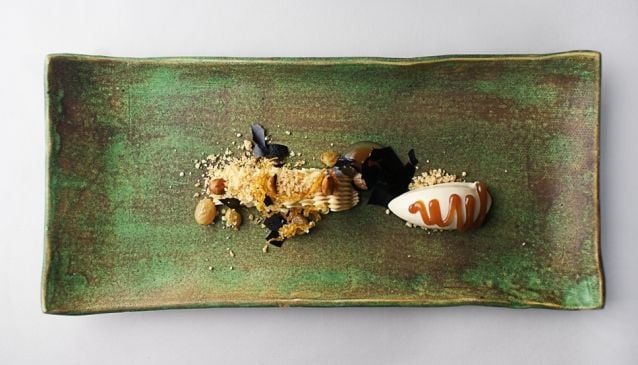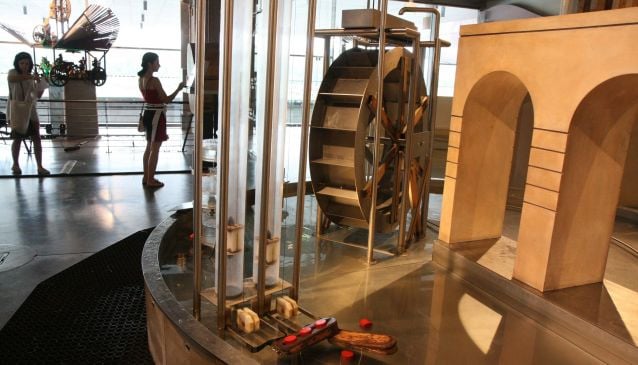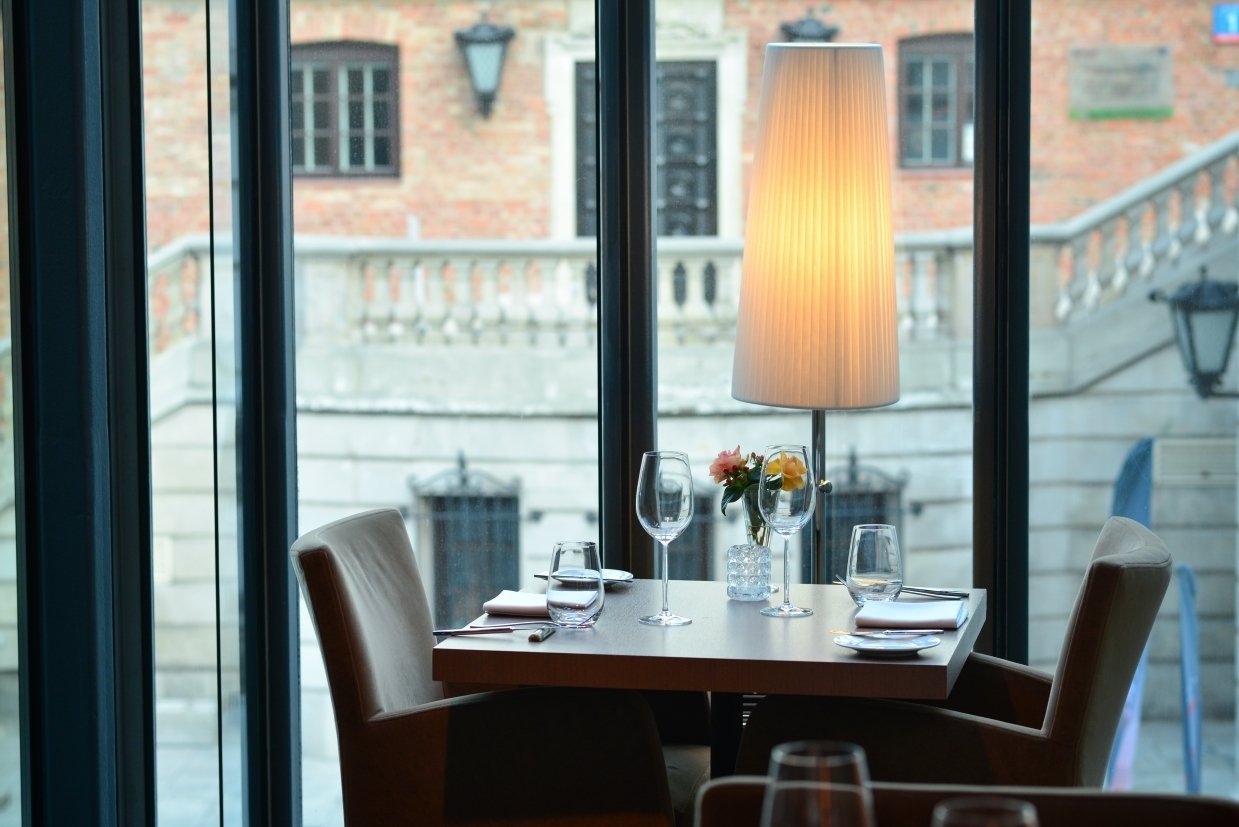If you're dreaming of a quiet drink in a cobblestone square, basking in the shade of ornately painted townhouses and listening to the gentle bustle of passersby and horse-drawn carriages, Warsaw's Old Town Market Square is about as good as it gets. Here you can easily feel yourself transported to another world. The renaissance architecture surrounding the square has been exquisitely reconstructed, while the square itself is surprisingly small and quiet, a refreshing change from the rush of the surrounding modern city.
Ringing the square are several charming little cafés and restaurants, most of which set up tables in fenced-off seating areas during the summer. In the evening, the square is filled with the subdued noise of clinking glasses, laughter and music, as diners relax and enjoy the beautiful surroundings late into the evening, often entertained by street performers. By day, stands selling handmade trinkets, paintings and other souvenirs are often set up.
The site and general outline of the Market Square date back to the 13th century, and until the end of the 18th century and the gradual expansion of the city into a modern metropolis, this remained Warsaw's heart and soul, its most important meeting point. The city thrived on the trade that went on here; fairs and city festivities were held here, as well as public executions. Famous victims of these executions include Piekarski, the madman who attempted to assassinate King Zygmunt III (the one whose monument stands atop its high column in front of the Royal Castle), and a pile of outlawed Lutheran texts.
After the last of the Dukes of Mazovia died in 1526 (or was poisoned, according to local legend) and the Warsaw area passed to the Polish Crown, a Town Hall (long since pulled down) was built here, and the market square became even more important, the centre of city administration. City leaders and wealthy families built their homes around this important city centre, creating the beautiful display of colour and form that we see today.
The buildings around the perimeter are well worth contemplating. Some contain museums not to be missed, such as the excellent History Museum, which takes up no fewer than eleven townhouses on the north side of the square, or the Museum of Literature on the east side. Others contain intriguing histories of their own. Near the north-east corner, for example, you'll find the 'Basilisk House', where a basilisk once roamed the cellars, terrorizing Warsaw's inhabitants until a brave townsman was wise enough to approach the beast armed with a mirror; after one look at himself, the evil creature turned to stone, and all was well with the world (and the wine cellars) again.
The four sides of the square are named after famous inhabitants, all of them influential in city life many centuries ago: 'Barss' Side' is to the east, 'Kollataj's Side' to the west, 'Dekert's Side' to the north, and 'Zakrzewski's Side' to the south. Houses in the past were not numbered, but rather known by the name of the family that lived there, or by other distinguishing features. While it would probably take a real history enthusiast to peruse the family records of each individual establishment, any amateur will find it worthwhile to stroll slowly round the perimeter of the square and admire the exquisite detail of each façade, displaying a wide range of style, design and colour.
At the very centre of the square stands a monument of the Warsaw Mermaid, the city symbol, depicted brandishing sword and shield, ready to defend her beloved city in times of trouble. This, the gem of Warsaw's resurrection from the postwar ashes, is a very suitable place for her to keep her watch.
